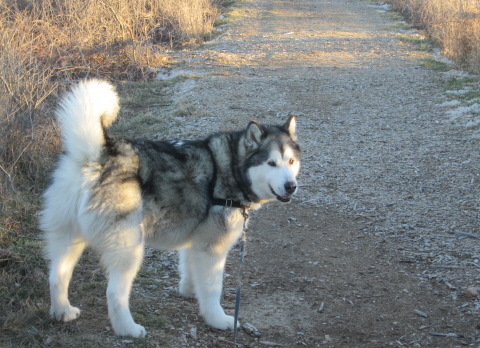I loved high school English, but after all those in-depth discussions of Shakespeare, Hemingway, Austen, Fitzgerald, and the rest, I went out into the world with some wrong ideas about writing.
I thought images, symbols, and metaphors were like booby traps. Writers embedded them in their stories in order to razzle-dazzle sophisticated readers, and to trick high school students. Why was there a green light at the end of Jay Gatsby’s dock? Why, to drive us crazy, of course.
My English teacher senior year was aware of the problem. She’d ask what an author was trying to do in a particular passage and then, usually after a minute of nervous silence from the class, add, “This is not a trick question.” We didn’t believe her.
For many years, I wrote mostly nonfiction. Nonfiction, I mistakenly thought, was safe from images, symbols, and metaphors. When I started dabbling in poetry, I knew I was in trouble. Poetry is all about images, symbols, and metaphors, isn’t it?
Before long, though, I got it: Images, symbols, and metaphors grow out of the writing. They’re gifts, like sprouts in the spring garden. (Look, look! A simile!) The gardener can nourish them and help them grow, or she can decide the row is too crowded and yank some of the seedlings out. (Metaphor!)
A writer I once workshopped with relayed something she’d heard from a poet she knew: “To be a writer, you have to know one thing well.”
The thing you know well is the soil from which your images, symbols, and metaphors grow. Of course there can be more than one thing, and you can always learn more.
When the garden gets too crowded, it’s hard to see what’s going on.
Any story or poem or essay is bound to have lots of images in it. This is fine. Gardens contain lots of plants, don’t they? All sorts of plants. At the same time, if you’ve got too many flowers growing in a limited space, your readers won’t know where to look. They may miss something that you want them to notice. Keep that in mind when you get down to revising your work.
One last thing to keep in mind: Many, many common expressions are metaphors that have long since come adrift from their literal meanings. This can get writers into trouble. Take the phrase “rein in,” as in “rein in one’s ambition.” I sometimes see “reign in” even in the work of pretty good writers. “Rein in” comes from horsemanship. If you keep horses, reins, and bridles in mind, you won’t write “reign” for “rein.” (Come to think of it, I don’t believe I’ve ever come across a reference to “unbridaled passion.” It has possibilities, doesn’t it.)
Metaphors and images can be effectively mixed and matched. They can complement each other or create dissonance. If you use them with care and know where they came from, you won’t inadvertently come up with doozies like “He’s a wolf in cheap clothing” — which also has possibilities, but seriously, you don’t want to do it by mistake, do you?
For a crash course in metaphors, see this post by Richard Nordquist, a retired English professor who is very good at explaining things.










 From a distance they looked like the same four buses — not only do school buses look alike, big, long, and bright yellow, but they look a lot like they did when I was a kid back in the Pleistocene. But they weren’t the same buses. Each bus has a number. Last year the regulars were 121, 123, 124, and 117H. This year 124 is back, but with different companions: 125, 126, and 116H.
From a distance they looked like the same four buses — not only do school buses look alike, big, long, and bright yellow, but they look a lot like they did when I was a kid back in the Pleistocene. But they weren’t the same buses. Each bus has a number. Last year the regulars were 121, 123, 124, and 117H. This year 124 is back, but with different companions: 125, 126, and 116H.



